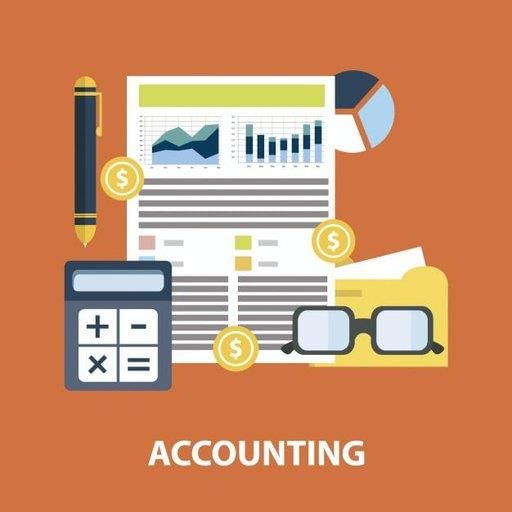Practice Questions: Classification- 4 - CLAT PDF Download
Directions: In this type of questions, certain pairs/groups of numbers are given out of which all except one are similar in some manner while one is different. The numbers in these similar pairs/groups may have the same property or may be related to each other according to the same rule. The candidate is required to choose the odd pair/group.
Q1: Which Pair does NOT belong with the others?
(a) 7 – 84
(b) 6 – 108
(c) 5 – 75
(d) 3 – 99
Ans: (a)
In all other pairs, the second number is obtained by multiplying the square of the first number by a prime number. Thus, 108 = 62 × 3, 75 = 52 × 3, 99 = 32 × 11.
Hence, option A is correct.
Q2: Which Pair does NOT belong with the others?
(a) 48 : 134
(b) 40 : 110
(c) 18 : 48
(d) 30 : 80
Ans: (c)
In all other pairs, 2nd number = (1st number × 3) – 10.
Hence, option C is correct.
Q3: Which Pair does NOT belong with the others?
(a) 3, 4
(b) 4, 7
(c) 5, 12
(d) 20, 21
Ans: (d)
In all other pairs, one of the two numbers is prime.
Hence, option D is correct.
Q4: Which Pair does NOT belong with the others?
(a) 62 – 37
(b) 74 – 40
(c) 74 – 40
(d) 103 – 78
Ans: (b)
In all other pairs, the difference between the two numbers is 25.
Hence, option B is correct.
Q5: Which Pair does NOT belong with the others?
(a) 11, 115
(b) 10, 90
(c) 9, 72
(d) 8, 56
Ans: (a)
In all other pairs, the sum of the two numbers is a perfect square.
Hence, option A is correct.
Q6: Which Pair does NOT belong with the others?
(a) 24 – 21
(b) 46 – 32
(c) 62 – 23
(d) 84 – 24
Ans: (c)
In all other pairs, the first number is obtained by multiplying the second number by 2 and then reversing the digits of the number so obtained.
Hence, option C is correct.
Q7: Which Pair does NOT belong with the others?
(a) 34 – 12
(b) 43 – 30
(c) 52 – 21
(d) 62 – 19
Ans: (d)
In all other pairs, the sum of the digits in the difference of the two numbers is 4.
Hence, option D is correct.
Q8: Which Pair does NOT belong with the others?
(a) 43 : 6
(b) 28 : 4
(c) 50 : 7
(c) 36 : 5
Ans: (b)
In all other pairs, 2nd number = 2nd number.
Hence, option B is correct.
Q9: Which Pair does NOT belong with the others?
(a) 7 : 18
(b) 9 : 26
(c) 11 : 36
(c) 13 : 42
Ans: (c)
In all other pairs, 2nd number = (1st number × 4) – 10.
Hence, option C is correct.
Q10: Which Pair does NOT belong with the others?
(a) 81, 63
(b) 24, 48
(c) 21, 15
(c) 13, 39
Ans: (a)
This is the only group in which the sum of the digits of both the numbers is the same.
Hence, option A is correct.
FAQs on Practice Questions: Classification- 4 - CLAT
| 1. What is the CLAT exam and why is it important? |  |
| 2. How can I prepare for the CLAT exam effectively? |  |
| 3. What are the subjects covered in the CLAT exam? |  |
| 4. Can you provide some tips to improve logical reasoning skills for the CLAT exam? |  |
| 5. Is there any negative marking in the CLAT exam? |  |





















